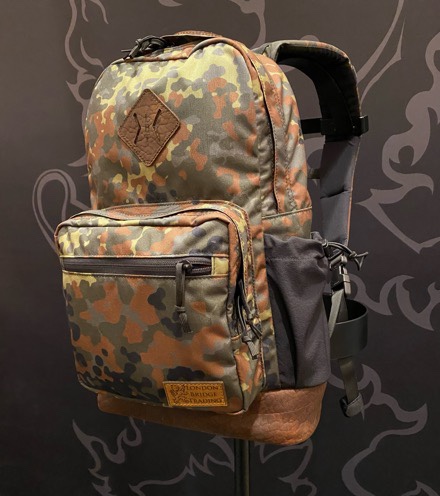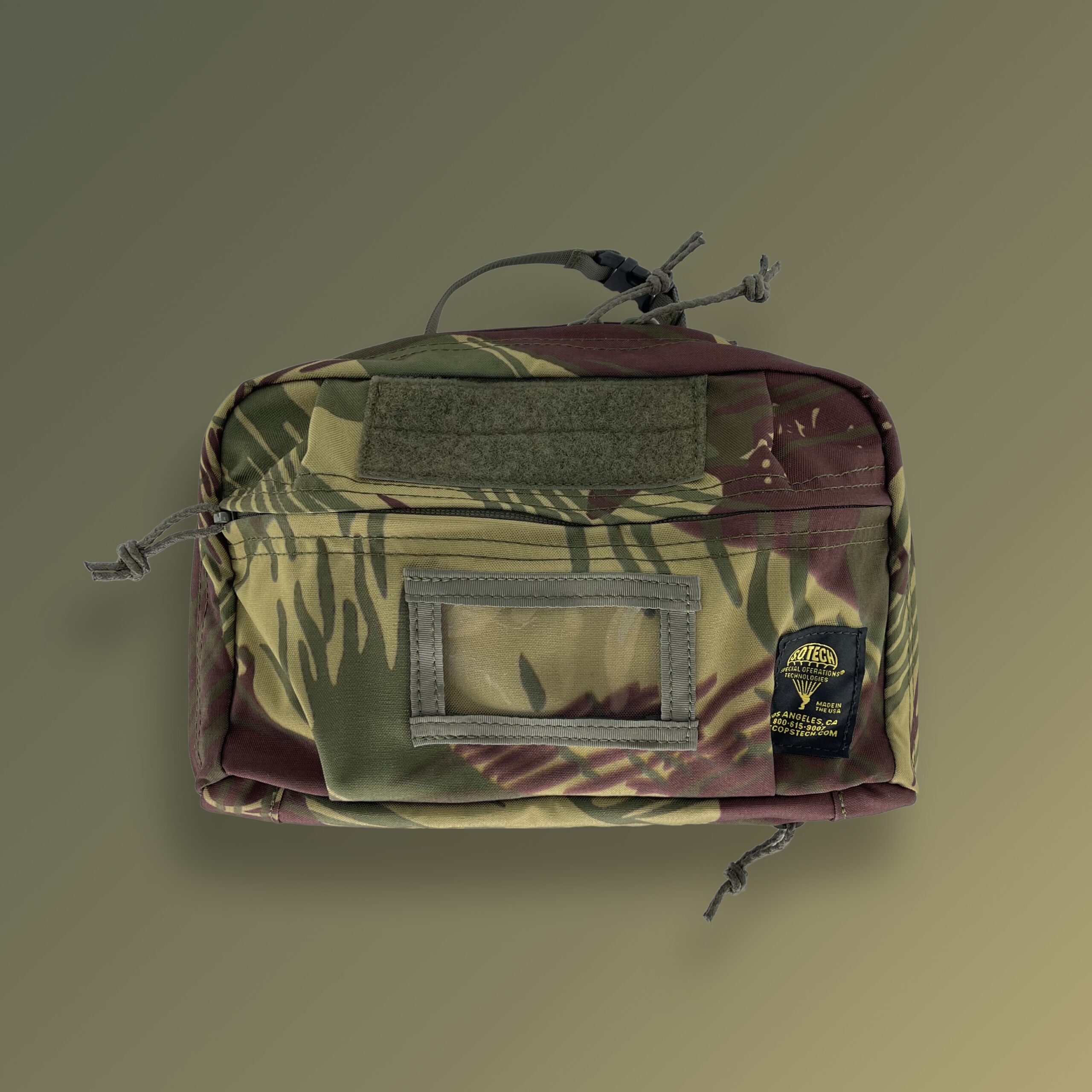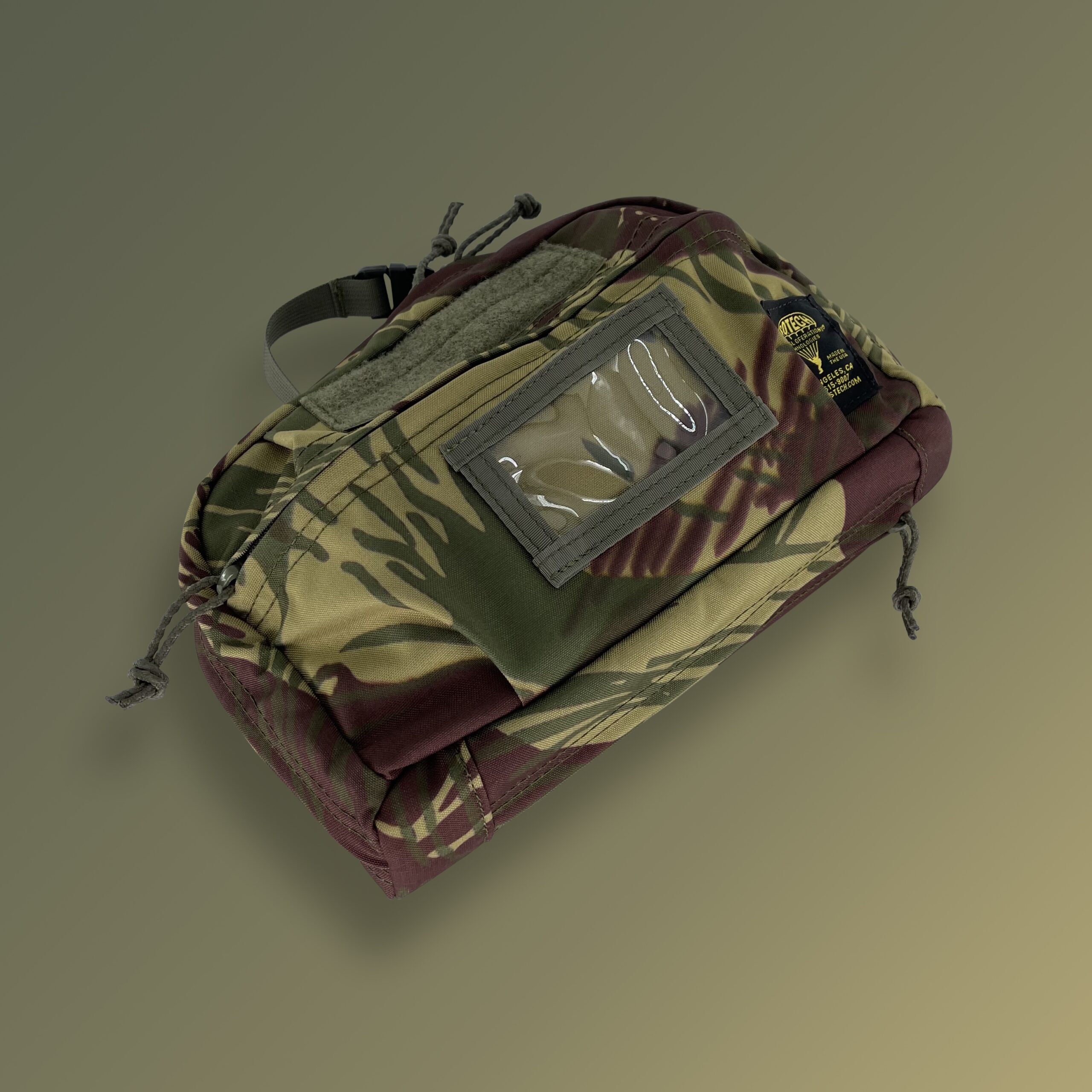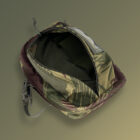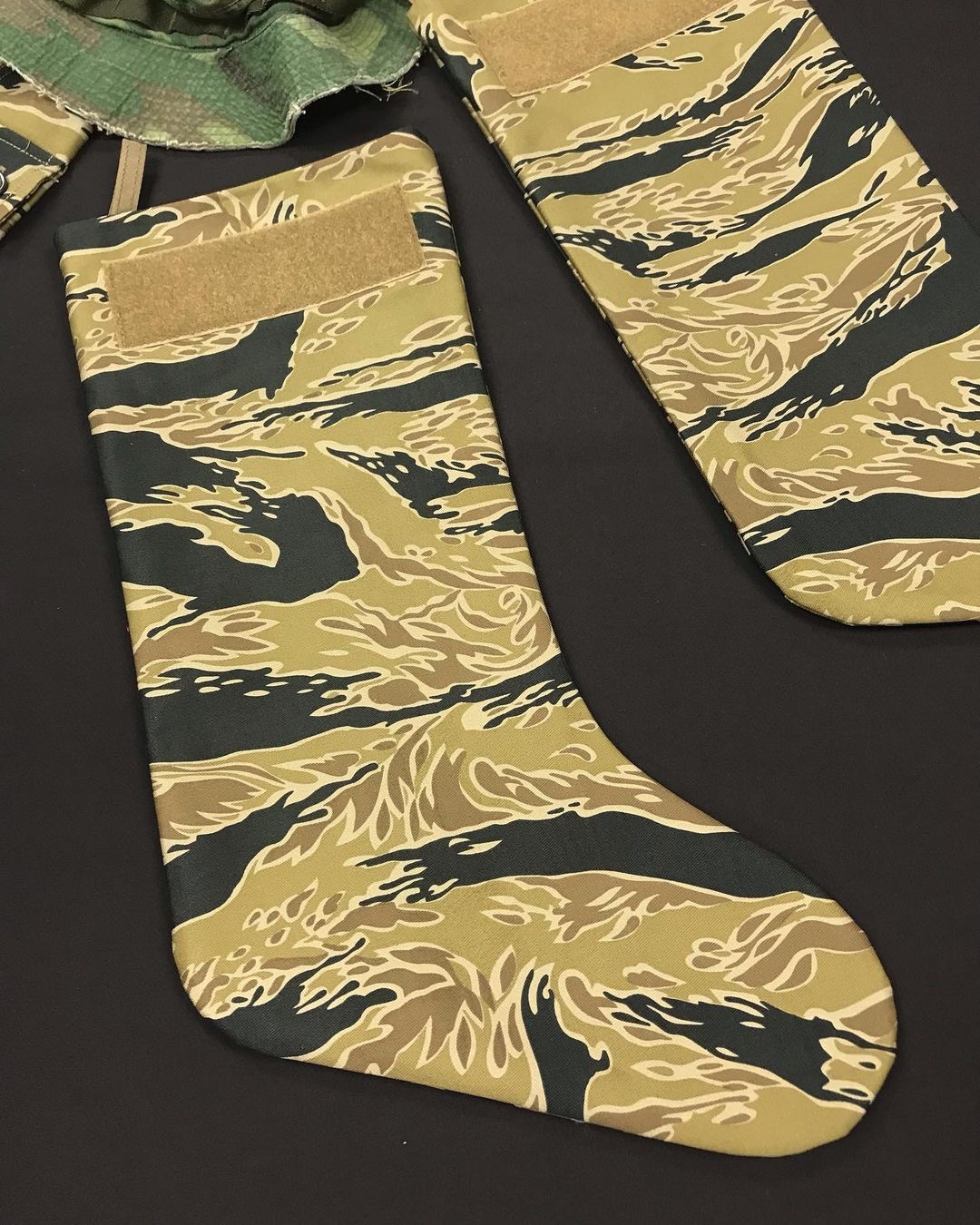
Gunnison, Utah – (January 13, 2022) Christensen Arms, manufacturer of state-of-the-art precision firearms and custom carbon fiber barrels, is proud to announce they have partnered with W.L. Gore for usage of Elevated II and Subalpine Optifade camouflage on their premium firearms.

“This is an incredible opportunity for two iconic industry brands to partner together for the benefit of the consumer,” said Stephen Graham, Senior Vice President of Marketing, Christensen Arms. “Optifade pattern hunting advantages have been well documented. Adding this superior pattern to our state-of-the-art hunting rifles definitely gives the hunter an extreme advantage in accuracy and concealment.”
Christensen Arms will be using Elevated II and Subalpine patterns on the award-winning Ridgeline and Ranger .22 firearms. Available models are as follows:
Ridgeline 308 WIN 16.25″ 1:10 – Elevated II Ranger .22LR 18″ – Elevated II
Ridgeline 6.5PRC 18″ 1:8 – Elevated II Ranger .22LR 18″ – Subalpine
Ridgeline 6.5CRDM 20″ 1:8 – Elevated II
Ridgeline 300 WIN MAG 26″ 1:10 – Subalpine
Ridgeline 300PRC 26″ 1:8 – Subalpine
Ridgeline 6.5PRC 24″ 1:8 – Subalpine
Ridgeline 28 Nos 26″ 1:8 – Subalpine
The Ridgeline is the quintessential hunting rifle. Offered in twenty chamberings, the rifle features a sporter carbon fiber composite gunstock and a stainless-steel radial muzzle brake built around a light target contour Christensen Arms carbon fiber wrapped barrel. The Ridgeline weighs in starting at 6.3 pounds and is backed by the Christensen Arms Sub-MOA Guarantee.
The Ranger 22 is built for precision—the bolt-action platform features an aluminum receiver with a steel recoil lug insert, Christensen Arms carbon fiber tension barrel, and a carbon fiber composite rimfire stock. The rifle is also well equipped with standard sling studs, a 0 MOA picatinny rail, and a match grade Rem 700 style trigger. The Ranger 22 weighs in starting at 5.1 pounds and is backed by a Christensen Arms Sub-MOA at 50 Yards Guarantee.






